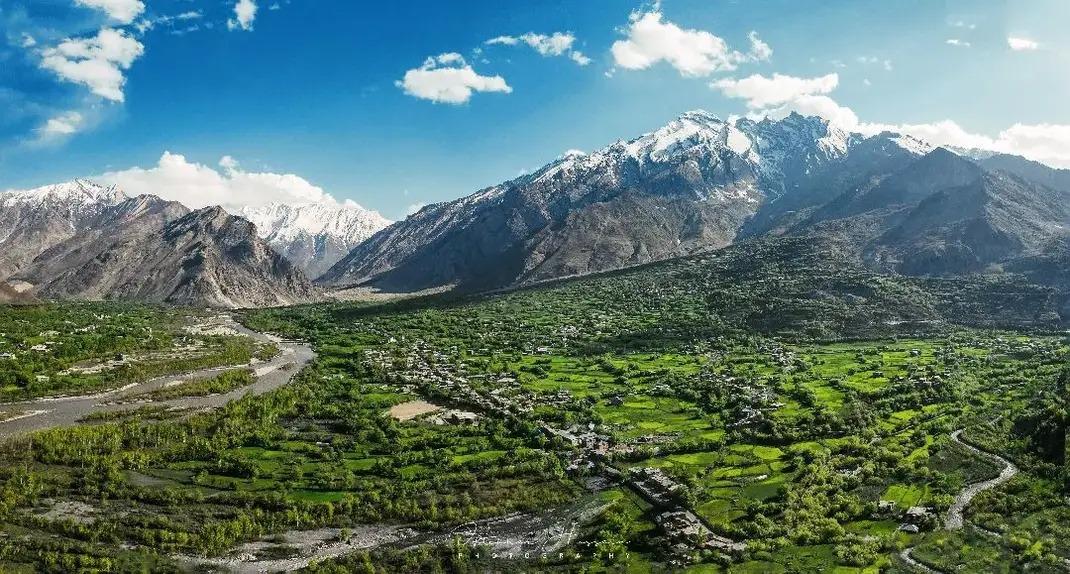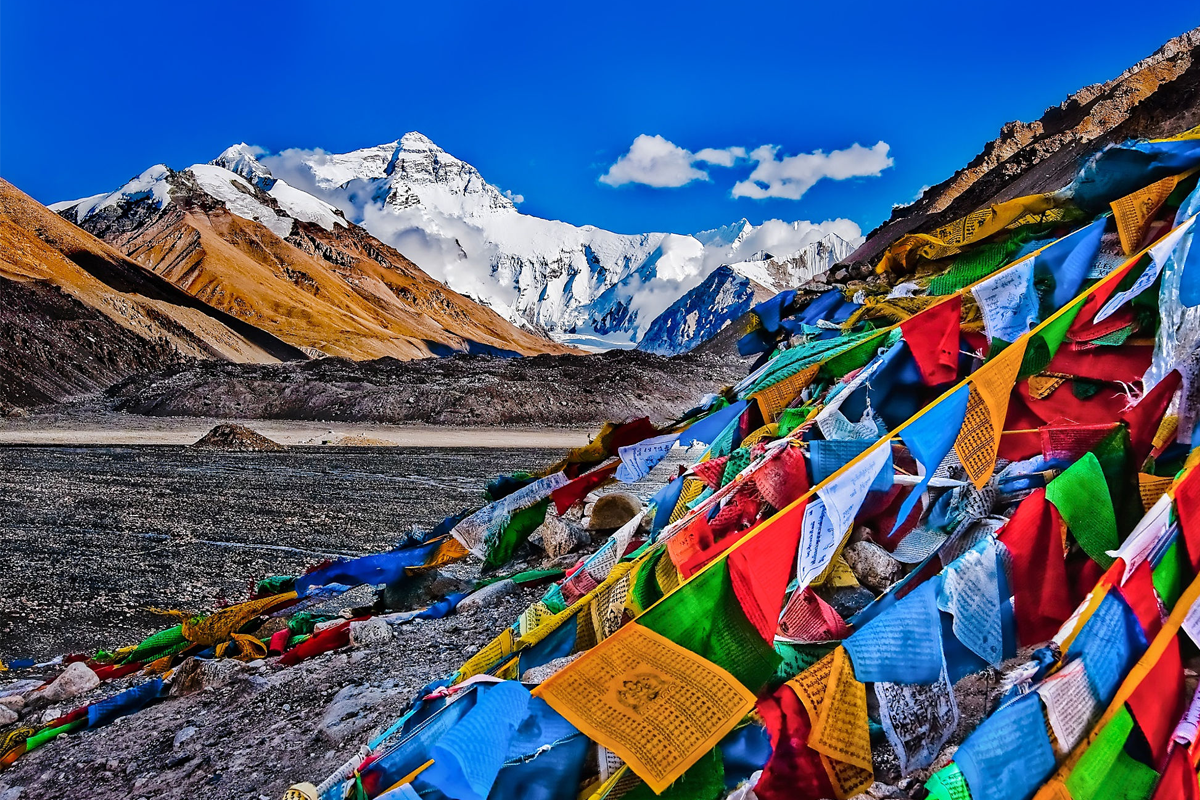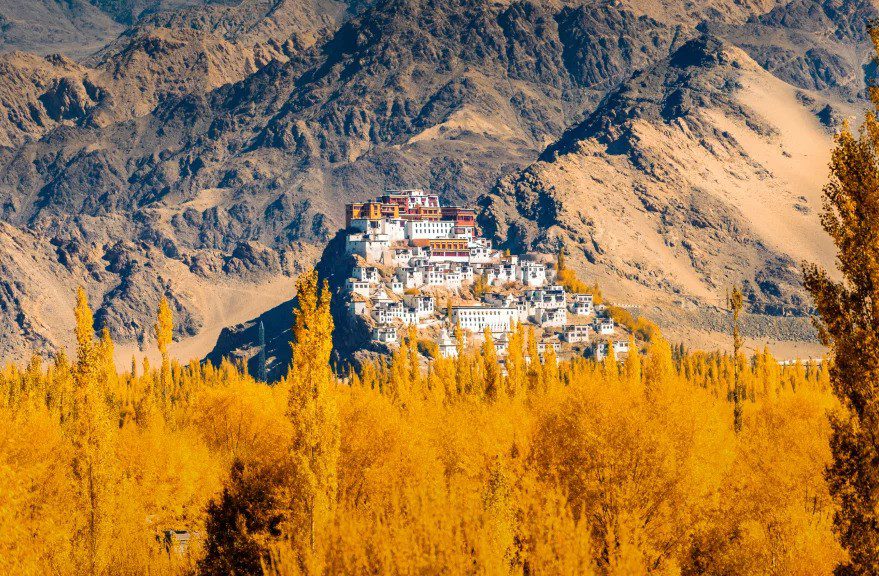When Distance Becomes a Form of Faith
By Declan P. O’Connor
Introduction — The Age That Forgot How to Be Far
The Collapse of Sacred Space
In the digital century, humanity has come to inhabit an invisible proximity that flattens both geography and reverence. We live inside devices that promise connection but steal the slow grace of separation. Theology once framed distance as a bridge toward divinity: the interval between man and the divine was not an obstacle but a necessary tension. Yet today, that tension is anesthetized by endless immediacy. We refresh our feeds instead of our spirits, confusing speed for significance and connection for communion.
To travel to Ladakh is to rediscover distance in its raw, bodily form. Air becomes thin; mountains carve vast silences between human settlements. What technology calls “lag” becomes a form of prayer. The altitude of 4,000 meters disciplines perception—it slows the mind until thought aligns with breath. The theology of distance is not nostalgia for isolation; it is the rediscovery of space as moral texture, where the finite and the infinite meet without collapsing into one another.
The Mirage of Nearness
Modern civilization celebrates closeness as virtue: immediate responses, instant access, the illusion of intimacy through screens. Yet such proximity often conceals a spiritual drought. Without intervals, experience suffocates. The Ladakhi plateau, with its monasteries scattered like punctuation across the horizon, demonstrates that remoteness is not emptiness—it is punctuation in the grammar of being.
The theologian of the Himalaya is not a monk in retreat but a traveler learning restraint. Each pause on the trail, each delay in communication, becomes a sacrament of attention. The soul begins to listen when the signal weakens. That is the paradox: what the world defines as disconnection may, in fact, be communion of a deeper order.

“Silence is not the absence of sound, but the presence of distance.”
The Sacred Geography of Absence
Ladakh as a Landscape of Reverence
Ladakh’s valleys teach an ancient lesson: geography can shape theology. Distance here is both physical and metaphysical—it defines the rhythm of life. Between monasteries lie stretches of terrain that require patience and humility. Villagers must cross rivers, ascend frozen passes, or wait for a single bus that may not come that day. Such rhythms resist the tyranny of urgency.
Every separation becomes an education in dependence. The theology of distance does not glorify loneliness; it reveals interconnection as something that matures through time and restraint. In the crisp light of Leh, the gap between one’s thoughts feels measurable. Technology collapses such distances, but in Ladakh, they return as instruments of balance. Each delay, each silence, is a form of ethical training.
The Altitude of Reverence
Altitude is the architecture of distance. The thin air of the high Himalaya enforces humility: every breath reminds us that existence is borrowed, not owned. At these heights, distance takes on density—it becomes something you walk through, not merely measure. The slow climb along the Indus River is a theological apprenticeship, teaching that effort sanctifies meaning.
To practice distance is to surrender control. The mountain does not yield to impatience, nor does the path adapt to convenience. Theology, then, is not belief but posture—the willingness to bow before space. The world’s compression through screens has robbed us of this posture. Yet in Ladakh, the body itself becomes liturgy; breath, a recurring confession. The silence that falls between mountains is not void—it is the residual echo of creation.

The Digital Heresy — Connection Without Presence
The Illusion of Infinite Access
We scroll through lives, events, and tragedies in perpetual proximity, as if empathy could be transmitted by bandwidth. But the digital mirror reflects only fragments; its intimacy is synthetic. The theology of distance proposes a heretical reversal: that salvation might lie not in connection, but in withdrawal.
In the monasteries of Thiksey or Diskit, communication is filtered through ritual silence. Monks write fewer words but each carries the weight of sincerity. Contrast that with the ceaseless messaging of modernity—our conversations rarely last, yet our noise endures. Artificial intelligence amplifies this further, giving language without listening. It constructs nearness while erasing presence.
The Ethics of the Interval
Distance creates room for moral perception. When everything becomes instantly visible, moral imagination collapses. The traveler in Ladakh learns that seeing less can mean understanding more. Between two Wi-Fi zones, the absence of signal can feel like exile—but it is precisely there that reflection deepens.
The ethics of the interval insists that delay is not inefficiency—it is integrity. To send a message across a mountain pass and wait three days for a reply is not inconvenience; it is a dialogue shaped by reverence. In a culture obsessed with optimization, Ladakh whispers another truth: the unsent message might be the holiest one.
The Practice of Withdrawal
Retreat as Resistance
Withdrawal in the age of AI is often mistaken for defeat. Yet every great theology begins with an act of retreat—Christ in the desert, the Buddha beneath the Bodhi tree. Ladakh’s remoteness revives this tradition in the secular form of travel. The traveler who dares to disconnect performs a quiet rebellion against the empire of immediacy.
Distance does not isolate; it purifies. The act of waiting—whether for a road to clear or for a satellite to pass—returns rhythm to thought. The theology of distance thus becomes a pilgrimage of perception. When the external noise recedes, the inner voice can speak again.
The Liturgy of Slowness
In Leh’s markets, transactions unfold at the pace of conversation. In remote valleys like Zanskar, a journey that might take hours elsewhere demands days. But slowness here is not inefficiency—it is an ecosystem of grace. Each moment has weight, each gesture resonance.
Modern travelers, accustomed to speed, often mistake this for backwardness. Yet the liturgy of slowness is an education in dignity. It teaches that experience must ferment before it becomes wisdom. The traveler who slows down to Ladakh’s rhythm discovers that distance is not merely spatial—it is existential, a space where self dissolves into landscape.

The Modern Monastery — Technology and Transcendence
Algorithms and the Collapse of Awe
Technology promises omnipresence but delivers distraction. We have constructed a world that abolishes remoteness, yet feels perpetually detached. The theology of distance invites us to reclaim awe—to reintroduce mystery where data has colonized wonder.
Artificial intelligence may write essays on faith, but it cannot kneel. The traveler who looks at a Himalayan sunset without taking a photo commits an act of resistance—a refusal to convert beauty into data. In that refusal lies the birth of reverence.
The Monastery Without Walls
Perhaps the future monastery is not a building but a practice of restraint. One need not flee the digital world, but must learn to inhabit it with monastic awareness. The theology of distance does not demonize technology; it asks us to restore thresholds. A smartphone can be both altar and abyss, depending on how one approaches it.
Ladakh’s landscapes teach discernment: some distances must remain sacred. The prayer flags flutter not to be photographed, but to remind us that unseen winds carry meaning beyond sight.
The Return — Reclaiming the Sacred Interval
The Pilgrimage of Waiting
Every journey in Ladakh begins with delay. Flights grounded by weather, roads blocked by snow—such interruptions feel divine. Waiting becomes ritual; impatience, a sin of disbelief. The theology of distance culminates here: the realization that faith is endurance shaped by uncertainty.
At the monastery gates, a visitor might wait hours before meeting the lama. Yet that wait is not empty—it refines desire. In a culture that measures time in clicks, such patience is revolutionary. The pilgrim learns that the world does not move at our command; it unfolds in its own tempo of grace.
Silence as a Return
The return from Ladakh is never complete. Something of its altitude lingers—the slower pulse, the sharpened sense of absence. Back in the lowlands of constant signal, one begins to feel the poverty of closeness. The theology of distance does not prescribe retreat from society; it calls for a recalibration of proximity. To be close, one must first learn to be far.
FAQ
What is meant by “Theology of Distance”?
It refers to a philosophical and spiritual idea that separation, both physical and mental, restores meaning in an overconnected world. Distance becomes a form of reverence rather than isolation.
How does Ladakh embody this theology?
Through its geography and rhythm of life. Its mountains and silences teach patience, humility, and awareness—qualities that modern speed erodes.
Is disconnection the same as solitude?
Not quite. Solitude refines perception, while disconnection without purpose can be mere withdrawal. True solitude, as practiced in Ladakh, reconnects one to depth.
How can travelers practice distance?
By embracing slowness, allowing silence to mature, and respecting the intervals that technology seeks to erase. Distance is cultivated through attention.
What role does technology play in this reflection?
Technology is not the enemy; unexamined dependence is. The theology of distance urges discernment—knowing when to connect and when to pause.
Conclusion — The Holiness of the Unsent Message
The theology of distance reminds us that not all presence must be immediate. In a world that worships speed, stillness becomes prayer. The high plateaus of Ladakh offer not escape but instruction: to breathe more slowly, to listen between sounds, to value the time before response.
When we return from the mountains, the lesson endures—the most meaningful connections are those we approach with distance, humility, and time. The unsent message, the pause before reply, the silence that follows understanding—these are the last remaining sacraments of a world still capable of wonder.
a storytelling collective exploring the silence, culture, and resilience of Himalayan life.

